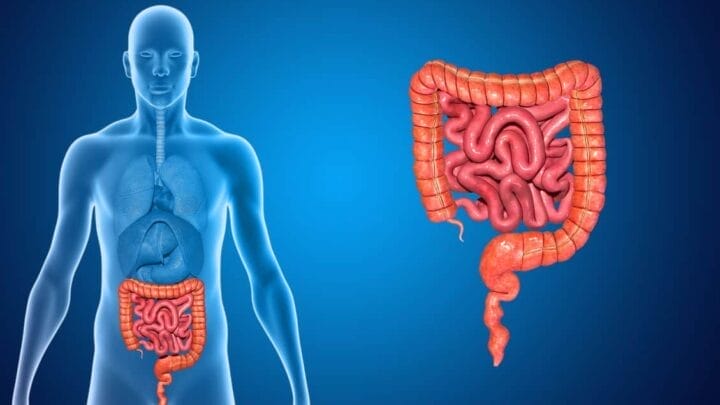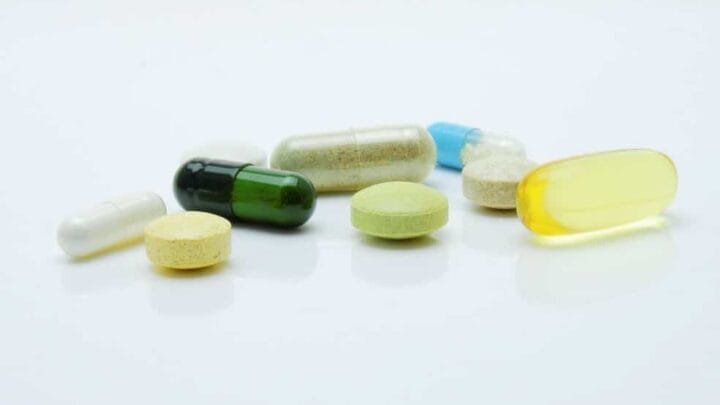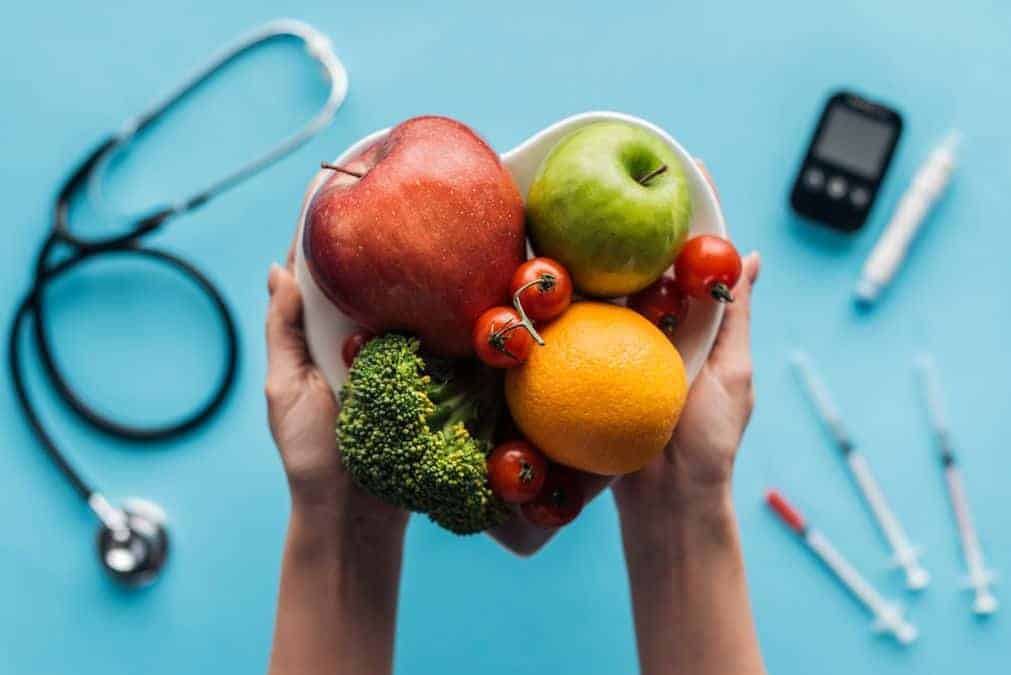
How to strengthen your heart and cardiovascular system with natural, home remedies
Diseases of the heart and circulatory system are among the most serious that can happen to us, capable, if not properly counteracted, of leading not only to a complete disruption of health. Notorious disregard for emerging symptoms can even end in death, so it is worth taking care of your heart at practically every stage of life. Various ailments of individual elements of the circulatory system affect not only older people, but also begin to complain about them.They are starting to affect younger and younger people, so it is worth trying to cope with them even with natural, home-made methods.
Contents
How is our heart built?

It is no exaggeration to say that the heart is the most important, next to the brain, organ of our body. Without it, the work of other organs and systems would be impossible, to which blood simply could not flow, and cells would be deprived of life-giving oxygen. Of course, equally important are the other elements that together with the heart muscle make up the circulatory system, the veins and arteries that wrap around our entire body.
However, the heart is the most important here, so it is worth learning about its structure and how it works. The heart is nothing more than a muscle, differing from others in that it contracts independently of our will. It is located in the mediastinum, between the lobes of the lungs, but the bulk of it is on the left side of the chest, and its weight varies on average from 300 to 400 g in an adult. The structure of the heart is very complicated, but several major parts can be distinguished in it:
- two ventricles separated by an interventricular septum, left and right;
- the left and right atria, which are also separated by an interventricular septum.
The heart muscle is shielded by a strong membrane, called the pericardial sac, which prevents it from “rubbing” against other internal organs. This could lead to serious damage, yet the heart must constantly beat and pump blood throughout its life, performing 2.5 to 3.5 billion contractions during that time. From the point of view of the circulatory system, the veins coming out of it are also important, then distributing blood through smaller vessels to every part of our body, and we distinguish here:
- as many as four thick pulmonary veins;
- the two main veins, the inferior and superior.
What functions does the heart perform in the human body?
The most important and practically the only task that the heart muscle has to perform is to ensure the circulation of blood, pumping it to the two most important circulations:
- the main one, also called the large one, as a result of which blood reaches all the cells of the body, providing them with the oxygen necessary for the functioning and conduct of the decisivedetermining metabolic processes, and taking carbon dioxide back and thus facilitating the removal of unnecessary metabolic products;
- pulmonary, taking place, as the name suggests, in the lungs, into which blood is pumped, then thoroughly oxygenated and carbon dioxide is removed from it.
What is the most common cause of cardiovascular disorders?
Since our heart has to work constantly throughout our lives, it is worthwhile to ensure that this takes place without any disturbances, and the same care should be taken for the other components of the circulatory system. However, this is not always possible, there are a whole host of factors that disrupt its work, many of which are the result of our own irresponsibility, not taking care of our own health. Specialists in heart disease point to three of the most important and most common reasons that start more or less serious problems with its functioning.
Improper diet
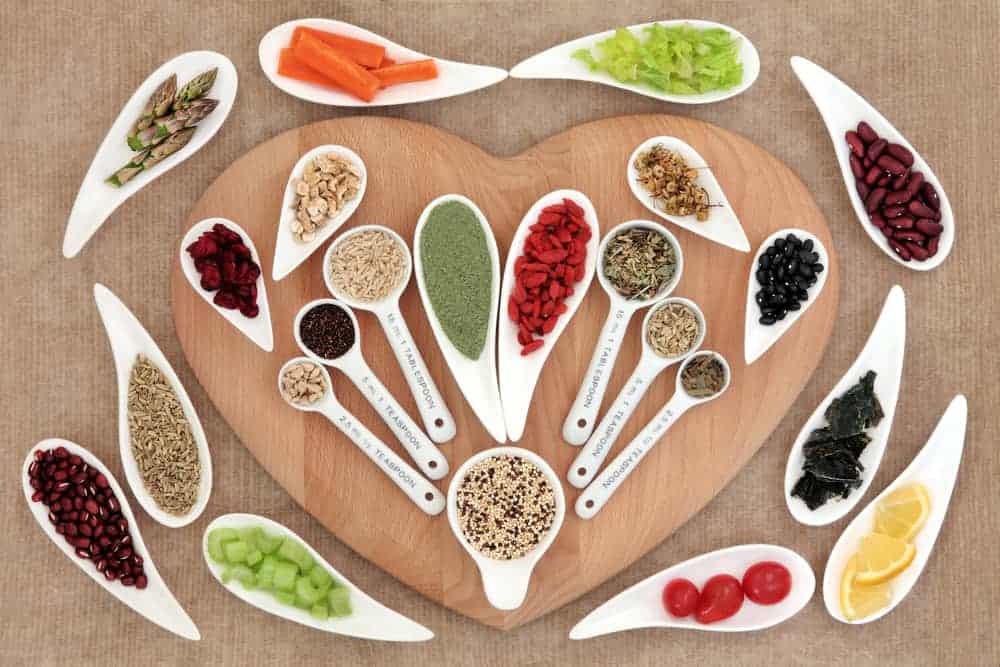
It can be considered the primary cause of disorders of the heart muscle and cardiovascular system, especiallyespecially when it is dominated by everything harmful, responsible for the clogging of blood vessels, caused primarily by an increase in the level of “bad” cholesterol. From the diet should immediately disappear:
- excess red meat;
- saturated fatty acids such as lard;
- cured meats;
- fatty dairy products such as fatty cheeses, yellow and processed cheeses;
- highly processed foods;
- salt in amounts greater than the recommended 5 g per day;
- white sugar and foods sweetened with it;
- fast foods;
- stimulants, too much coffee and black tea, and, above all, alcohol, the biggest enemy not only of our hearts.
Red meat is worth replacing with sea fish full of beneficial Omega-3 fatty acids, or poultry meat. Let’s also make sure to get enough vegetables and fruits, which will provide all the vitamins and minerals necessary for health.
Lack of exercise
Specialists, doctors and professional nutritionists, have long been warning that avoiding physical activity is a straight path to the development of cardiovascular disease. Unfortunately, a sizable portion of the population even avoids it, preferring a sedentary lifestyle, which also contributes to overweight and obesity, already considered the diseases of civilization of our time.
Lack of outdoor exercise can cause hypoxia, while the risk of myocardial infarction, heart failure, atherosclerosis and hypertension increases. If we combine a sedentary lifestyle with compulsive smoking, fitness and health can be forgotten and we are unlikely to live to a ripe old age.
Long-term stress
Stress, another disease of civilization, also has a negative impact on the performance of the heart and the work of the entire cardiovascular system. If it is prolonged and we do not take any countermeasures to reduce its symptoms, we have to expect the occurrence of serious ailments:
- an increase in blood pressure leading to the development of hypertension;
- a greater risk of heart attack or stroke;
- angina pectoris and heart muscle failure;
- peripheral artery disease;
- increased deposition of atherosclerotic plaques, leading to atherosclerosis;
- increased levels of LDL cholesterol in the blood.
How to strengthen the weakened heart and circulatory system with home remedies?
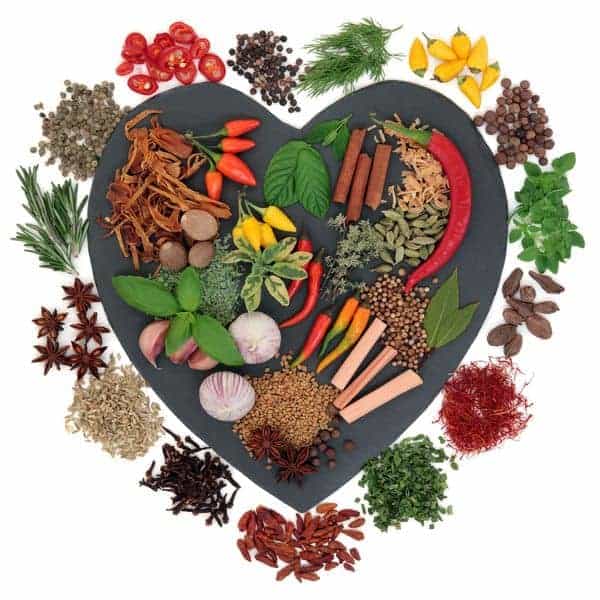
If you notice any alarming symptoms indicating the possibility of diseases of the heart and circulatory system, it is imperative to go to a doctor, who will order the appropriate tests. Based on these, he will be able to make a proper diagnosis and choose the appropriate treatment. At the same time, it is worthwhile to take prophylactic measures to strengthen this most important organ, using natural, homemade methods, known for centuries and based on herbs and other plants with proven medicinal properties.
They willnot replace pharmaceuticals prescribed by a specialist, but they will help strengthen overall health, which will help avoid future problems. Herbal medicine has centuries-old traditions, and the heart can benefit from preparations and dietary supplements that have herbs such as:
Hawthorn
The inflorescences and fruits of this popular plant are used to make healthful infusions. Hawthorn (Crateagus), grows practically all over Europe, including in our country, and its properties are due to its rich composition, containing many nutrients beneficial not only for the cardiovascular system. It has in its composition vitamin A, B vitamins, vitamin C, vitamin E, essential oils, tannins, phenolic acids, minerals: silicon, manganese, potassium, calcium and iron, responsible for action:
- reducing for high blood pressure;
- anti-inflammatory;
- antioxidant, helping to remove free radicals, including those that can cause cardiovascular disease;
- anti-stress, relieving symptoms of stress;
- lowering the amount of “bad” cholesterol;
- regulating heart rhythm, preventing arrhythmia.
Ginkgo biloba
Also called ginkgo biloba, but its Latin name Ginkgo biloba is most commonly used. It has been used in natural medicine for thousands of years, primarily its leaves. Nowadays, its composition, full of vitamins C and E, flavonoids, phenolic acids, carotene, quercetin, polysaccharides, terpenes, phytosterols and selenium, and its basic properties are also appreciated:
- increasing vascular permeability and improving blood circulation, and oxygenation of every cell in the body;
- antioxidant, reducing free radicals even more precisely;
- anti-inflammatory;
- supporting the heart and circulatory system;
- lowering blood pressure to safe levels;
- sealing the walls of blood vessels, especially the fine, capillary ones;
- counteracting the phenomenon of aggregation, that is, the sticking together of platelets, which threatens to cause venous congestion.
Digitalis
Another plant worth using in the prevention of cardiovascular diseases is digitalis (Digitalis), or more precisely, as many as three varieties of it growing in Poland, woolly, purple and common. A wealth of active substances is responsible for the action here, and the most important are cardiac glycosides, supported by flavonoids, mucilaginous compounds and saponins, which give digitalis its unique properties:
- helping to cope with angina and circulatory insufficiency;
- regulating disturbed heart rhythm;
- increasing the so-called ejection capacity of its chambers;
- dilating constricted coronary vessels;
- counteracting arrhythmia, atrial fibrillation.
Ginger root
Ginger root (Zingiber) is known not only for its properties effectively alleviating the symptoms of a cold or digestive disorders, it is also used as a means of strengthening a weakened heart. This is favored by the active substances it contains, vitamin A, vitamin B1 (thiamine), vitamin B2 (riboflavin), vitamins C and E, vitamin K, phosphorus, potassium, calcium, iron. These directly determine the effect of ginger root:
- anti-inflammatory;
- strengthening the weakened immune system;
- lowering blood pressure;
- reducing too high levels of triglycerides and cholesterol;
- reducing aggregation, the sticking together of platelets, so it also reduces the risk of blood clots;
- minimizing the risk of many cardiovascular diseases.
Lily of the valley
People who are bothered by cardiovascular ailments and want to protect themselves against them for the future, can take advantage of the properties of lily of the valley (Convallaria maialis), supporting with its help the ongoing pharmacological treatment. The main active substances in it are cardiac glycosides, including a particularly important convalatoxin, in addition, it contains steroidal saponins, flavonoids, organic acids and numerous mineral salts. They enable:
- regulate the frequency of heart contractions;
- increasing their strength, which significantly improves blood flow;
- lowering blood pressure that is too high;
- counteracting respiratory problems accompanying heart failure, among others.
Sources:
- https://www.healthline.com/health/cardiac-muscle-tissue
- https://www.healthline.com/nutrition/hawthorn-berry-benefits
- https://www.healthline.com/health/ginkgo-biloba-benefits
- https://www.healthline.com/nutrition/ginkgo-biloba-benefits
- https://www.healthline.com/nutrition/benefits-ginger-tea
- https://www.healthline.com/nutrition/11-proven-benefits-of-ginger


